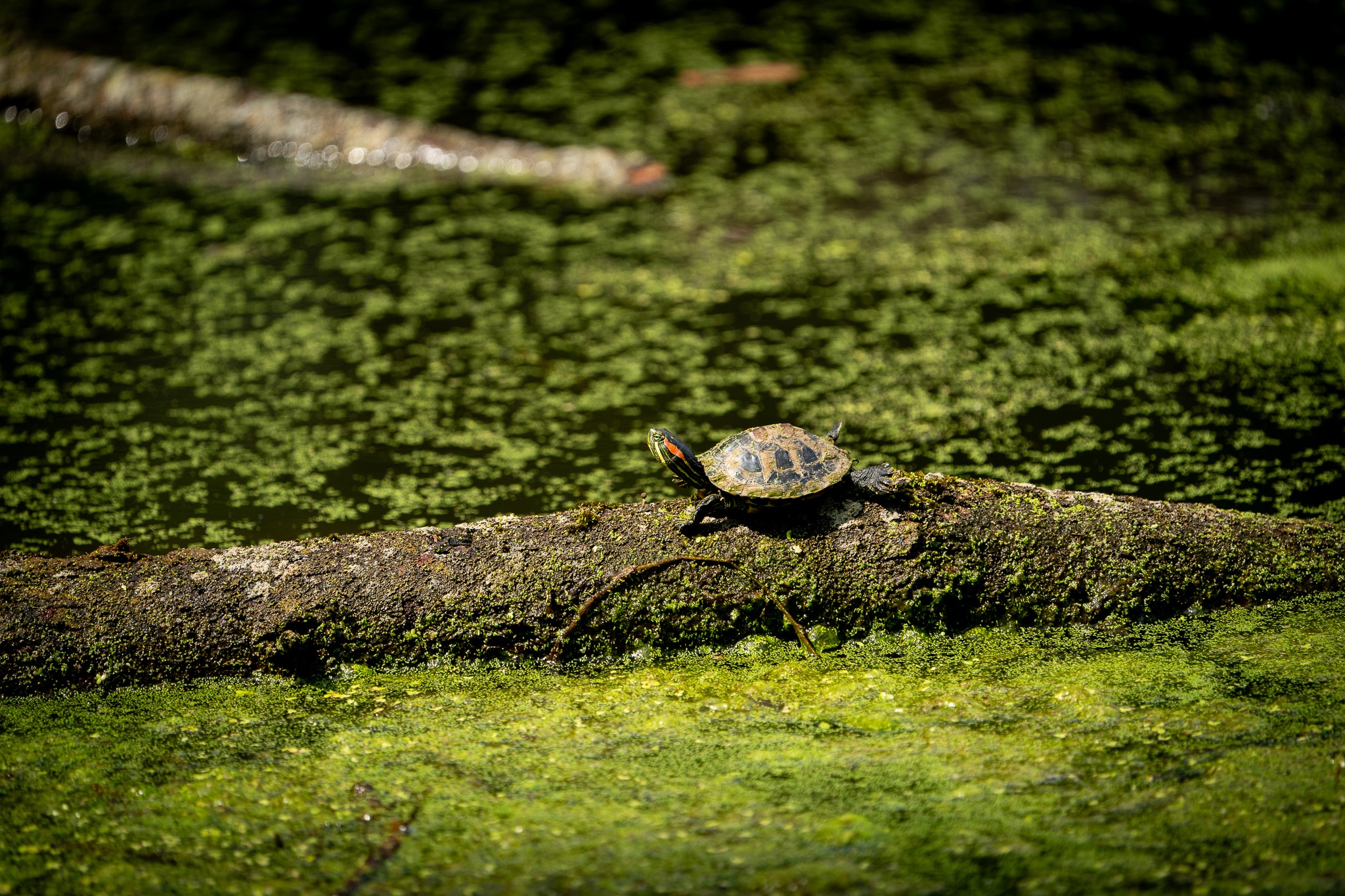Linnean Outfall and Gully Restoration
- Washington, DC
- United States
A nature-based stormwater control solution helps prevent erosion and improve habitat conditions and water quality within the Rock Creek watershed.
Alongside design/build partners Meadville Land Service, Ecological Restoration and Management and Empire Landscape, Biohabitats helped the District Department of Energy and Environment (DOEE) design, permit, and construct a stable, creative, cost-effective Regenerative Stormwater Conveyance (RSC) to replace an existing outfall and conveyance channel near the Forest Hills community in Washington, D.C. Stormwater flowing unprotected down the area’s steep slope caused severe erosion, sedimentation, and impacts to the riparian area within the 200 ft gully.
Based on our observations from site walks and preliminary desktop review, Biohabitats prepared designs for an approximately 200 linear foot RSC and 70 linear feet of stabilized channel that avoided and minimized adverse impacts associated with the steep stormwater flowpath. Biohabitats worked within the footprint of District Department of Transportation, National Park Service, and private landowner property to stabilize and restore the gullies by installing cascades and pools to contain stormflows and slow the water, creating a stable stormwater outfall by enlarging the initial pool, and restoring a healthy riparian forest by planting 168 native shrubs and at least 60 new native trees. The design maximized the use of natural supplies by utilizing onsite stone and woody debris.
This project maximized site stability and provided DOEE with a long-term, low maintenance, sustainable solution that will alleviate sediment and nutrient pollution entering the Rock Creek watershed, as required under the Environmental Protection Agency’s National Pollutant Discharge Elimination System permit for the district’s municipal separate storm sewer system.
-
Owner: District Department of Energy & Environment (DOEE)
-
Bioregion: Chesapeake/Delaware Bays
-
Ecoregion: Piedmont Uplands
-
Physiographic province: Piedmont
-
Watershed: Rock Creek-Potomac River
-
Collaborators: District Department of Energy and Environment, Meadville Land Service, ER&M, Empire Landscape
